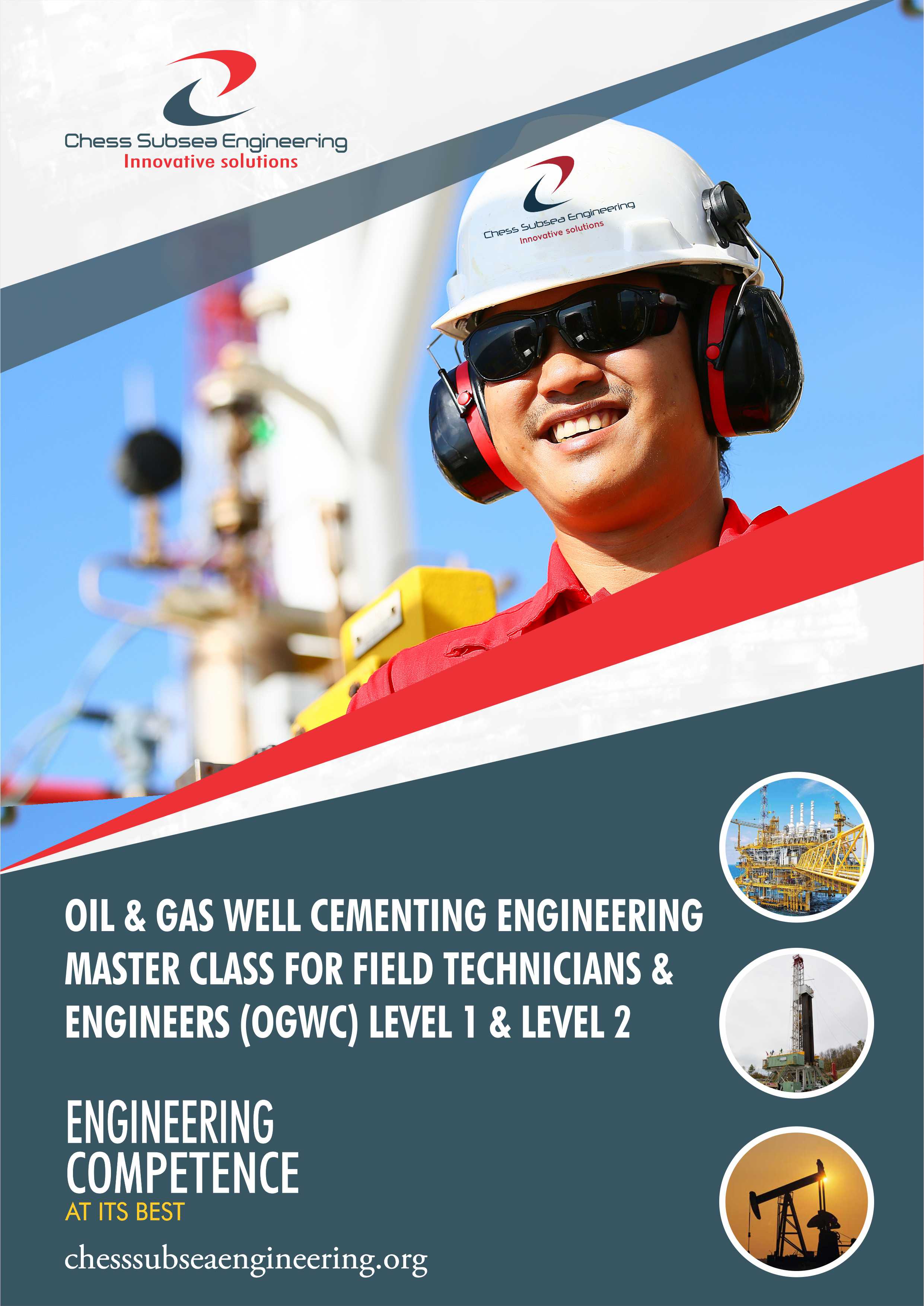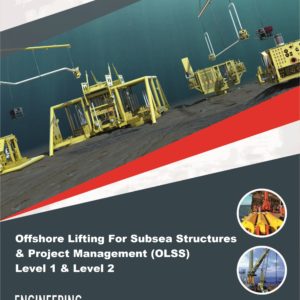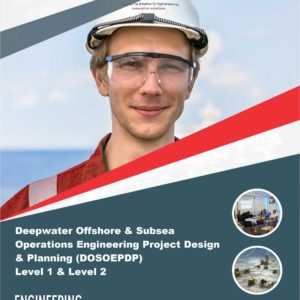Description
Oil and gas well cementing engineering is the process of placing cement in the wellbore to create a barrier between the casing and the formation. Key concepts include cement slurry design, placement techniques, and post-cementing evaluation. The goal of well cementing engineering is to provide zonal isolation, which prevents fluid migration between different geological formations and helps ensure safe and efficient production operations. Cement slurries are designed to meet specific well conditions, and placement techniques can vary depending on the type of well and the wellbore environment. Post-cementing evaluation is important to ensure that the cement has been properly placed and is providing adequate zonal isolation. Proper well cementing engineering is crucial for safe and efficient production operations, and it can help maximize the recovery of hydrocarbons from reservoirs.
Oil & Gas Well Cementing Engineering Master Class for Field Technicians & Engineers (OGWC) Level 1 & Level 2 covers Basis of Oil Well Cementing a Well, Slurry Properties, Slurry, Thickening Time, API Classes of Cement, Various Cement Additives and Respective Functions, Evaluating Cement Jobs, Properties of Cement Slurry , Casing Accessories, Cement Contamination, Mechanics of Cementing, Liner Cementing, Practical Calculations, Squeeze cementing, Plugging back operations, Cement Calculations including Volume of cement per feet Volume of Cement, Cement for 1500 ft, Sack of Cement, Mix Water Requirement, Displaced fluid required, Hydrostatic pressure outside casing, Bouyancy Factor, Differential pressure, Push up pressure, Push Down Pressure, Total Push, Bump Plug Pressure and more.
OGWC Level 1 & Level 2 is designed to provide detailed knowledge of Oil & Gas Well Cementing Engineering for Field Technicians & Engineers and will assist those who are switching or enhancing there career in Oil & Gas Well Cementing Engineering.
Course Outlines
Introduction Oil Well Cementing
Reasons for Cementing a Well
Slurry Properties
Slurry Thickening Time
API Classes of Cement
Various Cement Additives and Respective Functions
Evaluating Cement Jobs
Functions of cement
The manufacture of cement
Classes and types of cement
Basic components of cement
Cement slurry
Hydration of cement
Soleplate resistance
Strength retrogression of cement and the use of silica flour
Properties of cement slurry
Casing accessories
Cement contamination
Mechanics of cementing
Liner cementing
Practical calculations
Squeeze cementing
Plugging back operations
OJT Hands On Well Cementing Calculations showing how to calculate:
Volume of cement per feet
Volume of cement
Cement for 1500 ft
Sack of cement
Mix water requirement
Displaced fluid required
Hydrostatic pressure outside casing
Bouyancy factor
Differential pressure
Push up pressure
Push down pressure
Total push
Bump plug pressure and more
Assessment
Participant underpinning knowledge of Oil & Gas Well Cementing Engineering will be accessed with short answer multiple-choice questionnaire at the conclusion of the course.
Outcome
Participants will gain an in debt understanding of Oil & Gas Oil & Gas Well Cementing Engineering .They will also be able to function with minimum supervision as Wellsite Engineer, Cementing Engineer or Geologist for IOCs.
Professional Certificate
Issued directly by Chess Subsea Engineering Europe.
Participant may be presented for Offshore Petroleum Training Organization (OPITO) Certification.
How to Register
Click here to download registeration booklet on msword and email completed booklet to info@chesssubseaengineering.org directly.










